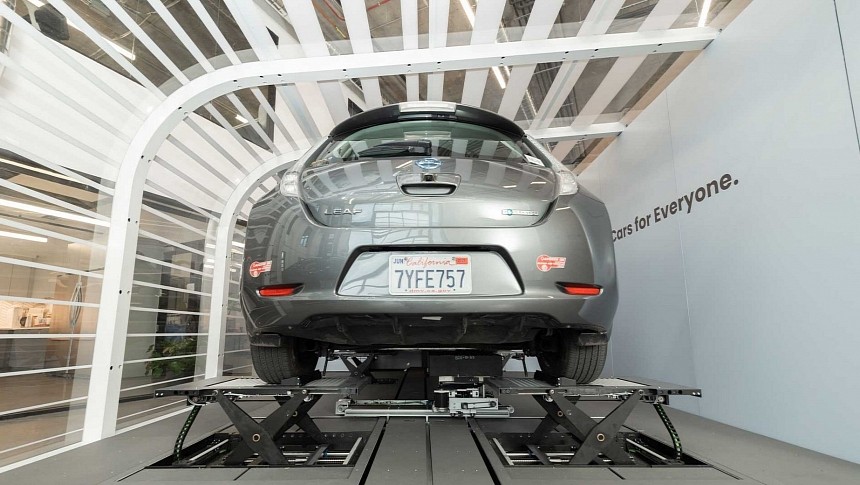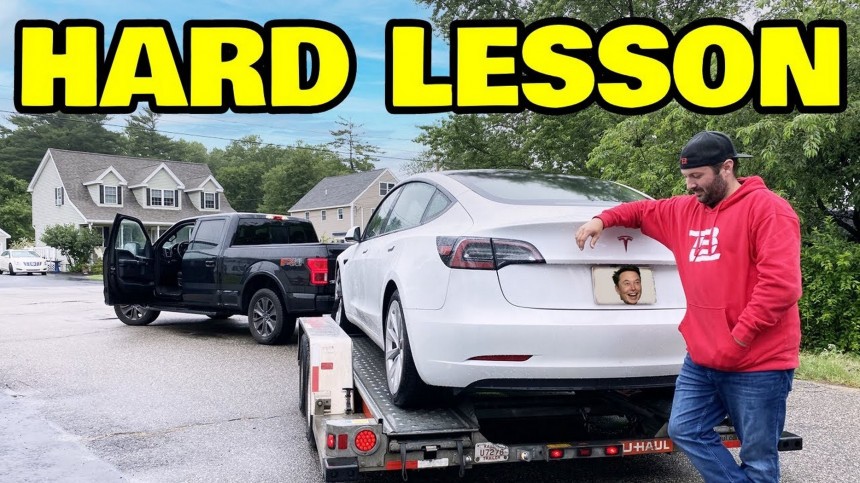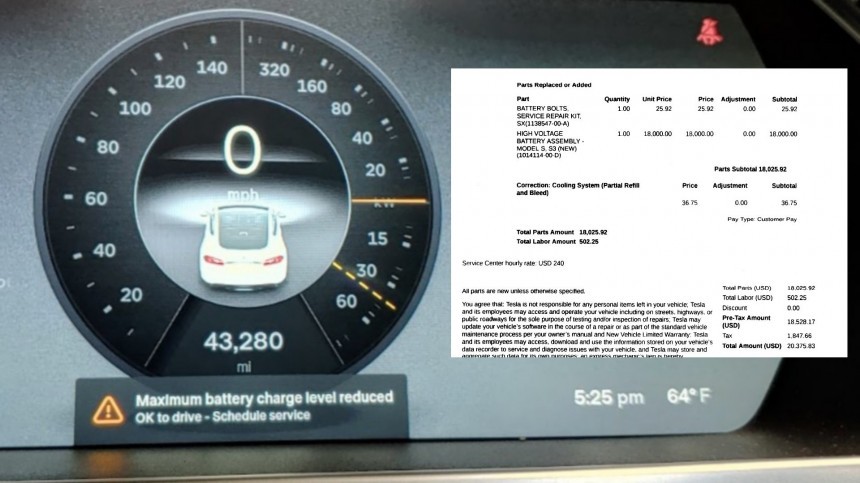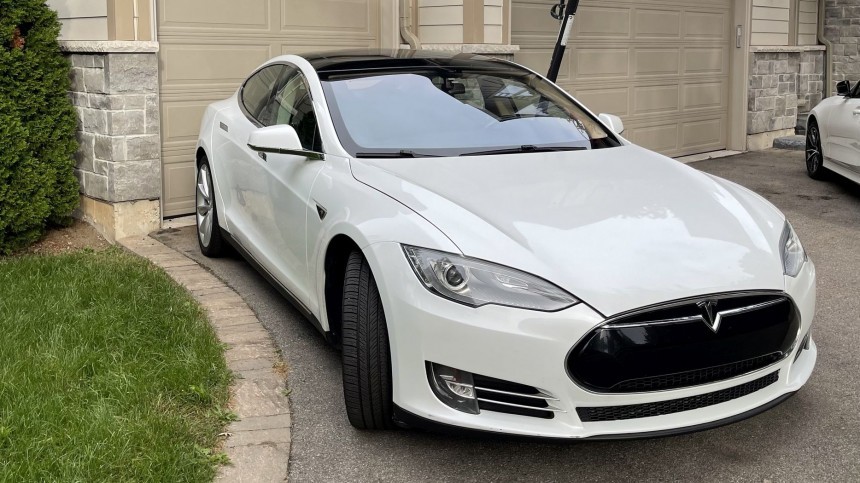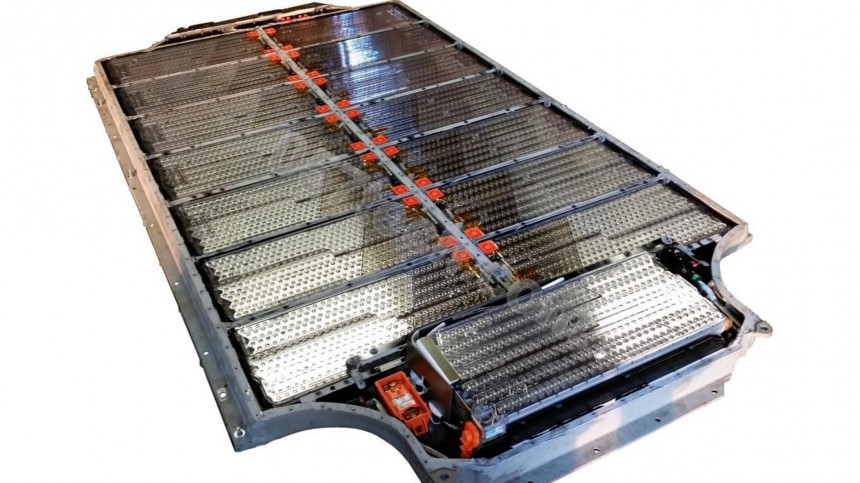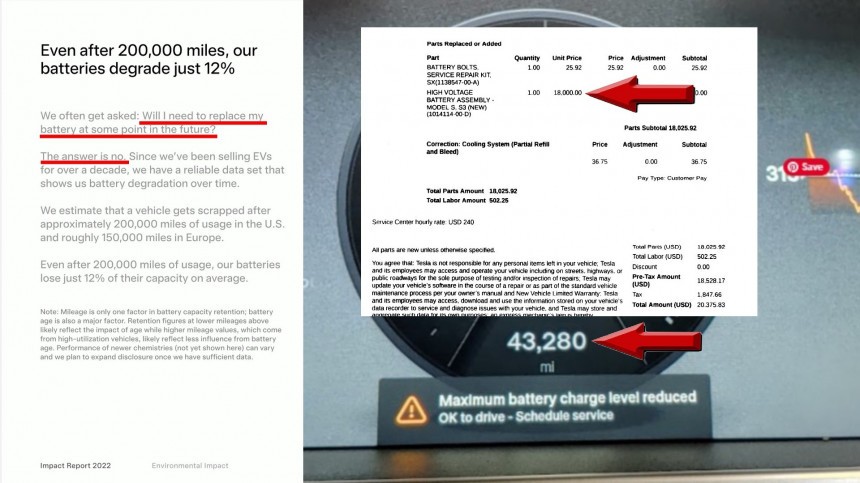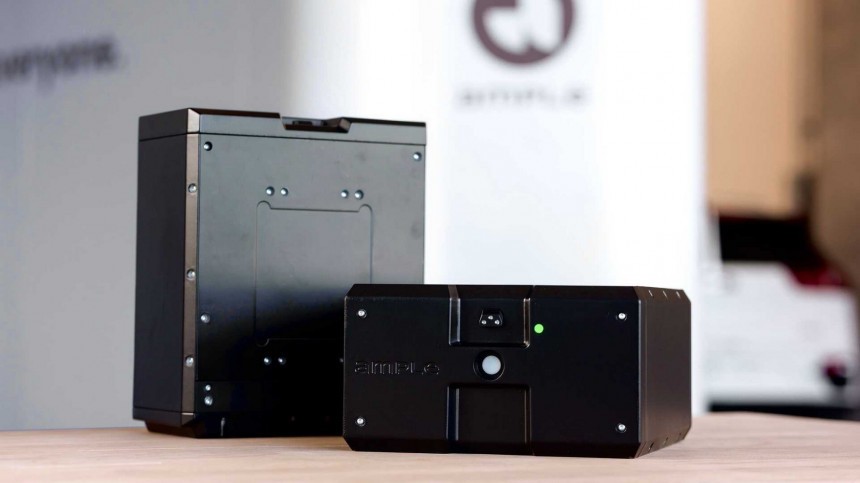In my first story about BEVs remaining as rich people's toys, I laid out why limited battery pack lifespans condemn them to that fate. That will also eventually kill the used car market. Being a long-term problem, it will take years to show all its consequences, which is both a problem and an opportunity. The problem is that most people fail to see how harmful this is. The opportunity is that we still have time to fix it.
Carmakers need to take action if they really want to make BEVs mainstream. They have to reassure customers their battery packs will have value should they need to replace them. After all, recycling failed ones will give access to crucial raw materials such as lithium, nickel, cobalt, copper, and several other necessary metals for batteries. Recycling will also prevent unnecessary mining. That is so crucial that Volkswagen already said it would lease used BEVs just to keep hold of their battery packs.
On the other hand, Tesla treats these components as if they were garbage and does not give customers any discount when they replace them. It's right the opposite: it threatens to charge $10,000 if they insist on keeping them, as Bob Atkins told me in another story. He is not the only Tesla customer to state that.
When Donald Bone asked the BEV maker how much it would pay for his used battery pack if he agreed to replace the component, the company said it wouldn't give him anything in return for it. Bone then decided to keep his Model 3's old battery pack, but Tesla said he could not have it. In other words, he would give Tesla a barely used component that only had a broken coolant nipple, pay $16,000 for a new one, and go broke.
As Atkins stressed well, the company would then replace the coolant nipple and sell Bone's battery pack for $16,000 to someone else with barely any costs. The Model 3 owner preferred to have the old battery pack fixed by The Electrified Garage for $700. Checking what happened to Atkins and Bone, we can conclude that Tesla charges $10,000 from people willing to keep their battery packs to recover the easy money it would make by "remanufacturing" the defective battery pack.
Regulations in some states do not allow that. In New York, for example, the Repair Shop Act rules that customers can have all replaced parts back, except warranty and exchange parts. The former are paid by the automaker, so it makes sense that they keep the old one. The latter are cheaper because the old ones help to pay for them. As far as I know, Tesla's battery pack replacements are not exchange parts. If they were, the BEV maker would state how much cheaper the old components allow the new ones to be. In other words, it would disclose the economic value of the old battery pack – and Tesla doesn't.
Nowadays, the BEV maker only tries to reassure customers that their battery packs will last as much as the car by stating they retain 88% capacity after 200,000 miles. I've already debunked that based on the fine print Tesla included on the very page where it stated that capacity also drops with age, not only with use. In other words, they will die by use or as time goes by. Unfortunately, that will always be inferior to what the rest of the vehicle can last. With that in mind, how often will you need to replace the battery pack in your BEV? Nobody discloses that: BEV makers only pretend that will never be the case. Yet, aging vehicles insist on contradicting them.
This is a grueling perspective that is currently inherent to the EV shift. To make matters worse, customers have not been properly warned about it. Instead, they are constantly bombarded with reassuring statements that they have nothing to worry about. They will have where to charge, it will be easy and quick, and they will live happily ever after with their carbon-neutral cars that do not make that much of a difference in global warming. It would be a fairy tale if it were true. Parts of it may be, but only for those able to constantly buy new BEVs – while they are under warranty and only theoretically. I know of at least one case in which this mandatory legal protection did not help a Tesla customer.
Larry Campbell bought a brand new Model S in Hong Kong in September 2016. On October 8, 2021, the car failed while his wife was picking up their children at school. At the Tesla Service Center, the diagnosis was that the car was in a flooded area, which would force him to spend HK$171,000 ($21,789) to replace the battery pack, which is under warranty until 2024.
The problem is that Campbell never drove his car in flooded areas – despite Elon Musk saying Tesla vehicles work as boats and that battery packs are sealed. Mario Zelaya's case revealed that the Model S's battery pack has a chronic water-ingress issue, one of the six major known failure causes for these components. The AC condensate drain hose constantly drops water right over the battery pack, corroding the steel fuse box cover. What if that was the problem with Campbell's Model S? If it were, we have another problem on top of battery pack lifespan: trusting that BEV makers will admit their responsibility for design flaws.
Even if customers only had to deal with transparent and candid BEV makers, the most crucial piece of information they would need is the true lifespan of their battery packs. Combustion-engined vehicle drivers know how often they have to replace spark plugs, belts, hoses, filters, oil… BEV owners should also know what to expect from their battery packs and how much it would cost them to have a new one when it was necessary – either due to age or mileage.
Suppose automakers cared to face the truth instead of pretending a battery pack will last as much as their cars. With the current battery technology, that's not possible. When they admit that replacements are indeed necessary and are currently too costly, car companies should consider using smaller modules instead of a single, massive part. They don't do that because that would lower the energy density, which means the car would travel shorter distances on a single charge. At the same time, dealing with a humongous component makes everything more expensive. Structural battery packs can't even be remanufactured: any defect means throwing them in a shredder and starting all over from raw materials. The fact that batteries are recyclable does not mean that this is sustainable.
I've written more than once that swappable battery packs are the ideal solution. Better yet, swappable battery modules, which could fit any vehicle. They would solve fast-charging and reliability concerns in one shot. One detractor said that it is a "very risky, capital-intensive move," which shows the logic critics adopt: let customers deal with the risks and expenses. This person also said the solution was "outplayed before it even starts," gladly admitting he was "not an investor in this." Any doubts about what their main motivation is? Tip: it is not climate change, rest assured.
The people who conceived modern BEVs were just worried about proving that a car powered by thousands of tiny cells was possible. There was no concern about repairability because they did not even think people would buy these cars or that the companies that made them would last. Now that they managed to show that all was possible, they have to wonder about how to keep these vehicles running – and they still haven't. Remember: electric cars have no direct emissions, which ever more strict rules tried to curb over the years. Automakers and the European government are still fighting about Euro 7. Electric cars do not pollute the air in big cities and do not create smog. There is no reason for them not to last even more than ICE vehicles currently do.
Customers and automakers have to ask a fundamental question. What is more important: pumping out millions of vehicles that will be disposable soon or ensuring that they are serviceable and will last for a long time? The answer should be obvious. Despite that, we'll probably witness millions of customers with no idea of what to do with their BEVs when their battery packs fail. Feel free to grab your popcorn and watch, but let me tell you: it will be ugly.
On the other hand, Tesla treats these components as if they were garbage and does not give customers any discount when they replace them. It's right the opposite: it threatens to charge $10,000 if they insist on keeping them, as Bob Atkins told me in another story. He is not the only Tesla customer to state that.
As Atkins stressed well, the company would then replace the coolant nipple and sell Bone's battery pack for $16,000 to someone else with barely any costs. The Model 3 owner preferred to have the old battery pack fixed by The Electrified Garage for $700. Checking what happened to Atkins and Bone, we can conclude that Tesla charges $10,000 from people willing to keep their battery packs to recover the easy money it would make by "remanufacturing" the defective battery pack.
Nowadays, the BEV maker only tries to reassure customers that their battery packs will last as much as the car by stating they retain 88% capacity after 200,000 miles. I've already debunked that based on the fine print Tesla included on the very page where it stated that capacity also drops with age, not only with use. In other words, they will die by use or as time goes by. Unfortunately, that will always be inferior to what the rest of the vehicle can last. With that in mind, how often will you need to replace the battery pack in your BEV? Nobody discloses that: BEV makers only pretend that will never be the case. Yet, aging vehicles insist on contradicting them.
Larry Campbell bought a brand new Model S in Hong Kong in September 2016. On October 8, 2021, the car failed while his wife was picking up their children at school. At the Tesla Service Center, the diagnosis was that the car was in a flooded area, which would force him to spend HK$171,000 ($21,789) to replace the battery pack, which is under warranty until 2024.
Even if customers only had to deal with transparent and candid BEV makers, the most crucial piece of information they would need is the true lifespan of their battery packs. Combustion-engined vehicle drivers know how often they have to replace spark plugs, belts, hoses, filters, oil… BEV owners should also know what to expect from their battery packs and how much it would cost them to have a new one when it was necessary – either due to age or mileage.
I've written more than once that swappable battery packs are the ideal solution. Better yet, swappable battery modules, which could fit any vehicle. They would solve fast-charging and reliability concerns in one shot. One detractor said that it is a "very risky, capital-intensive move," which shows the logic critics adopt: let customers deal with the risks and expenses. This person also said the solution was "outplayed before it even starts," gladly admitting he was "not an investor in this." Any doubts about what their main motivation is? Tip: it is not climate change, rest assured.
Customers and automakers have to ask a fundamental question. What is more important: pumping out millions of vehicles that will be disposable soon or ensuring that they are serviceable and will last for a long time? The answer should be obvious. Despite that, we'll probably witness millions of customers with no idea of what to do with their BEVs when their battery packs fail. Feel free to grab your popcorn and watch, but let me tell you: it will be ugly.
